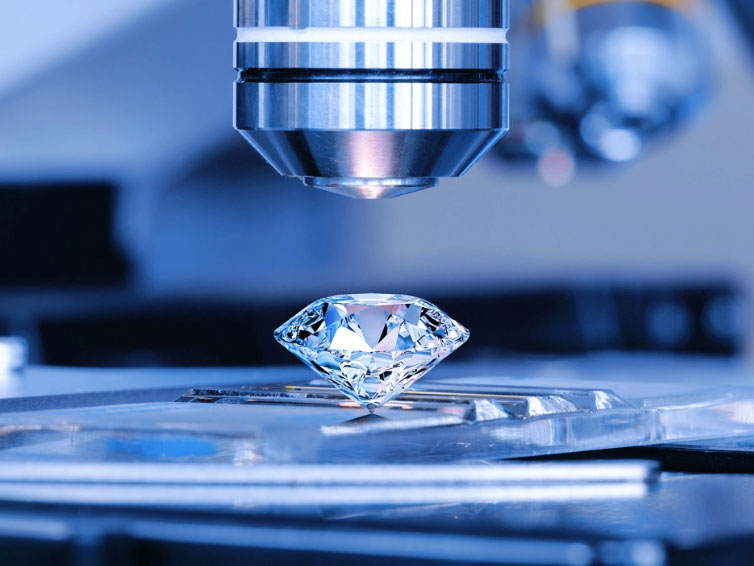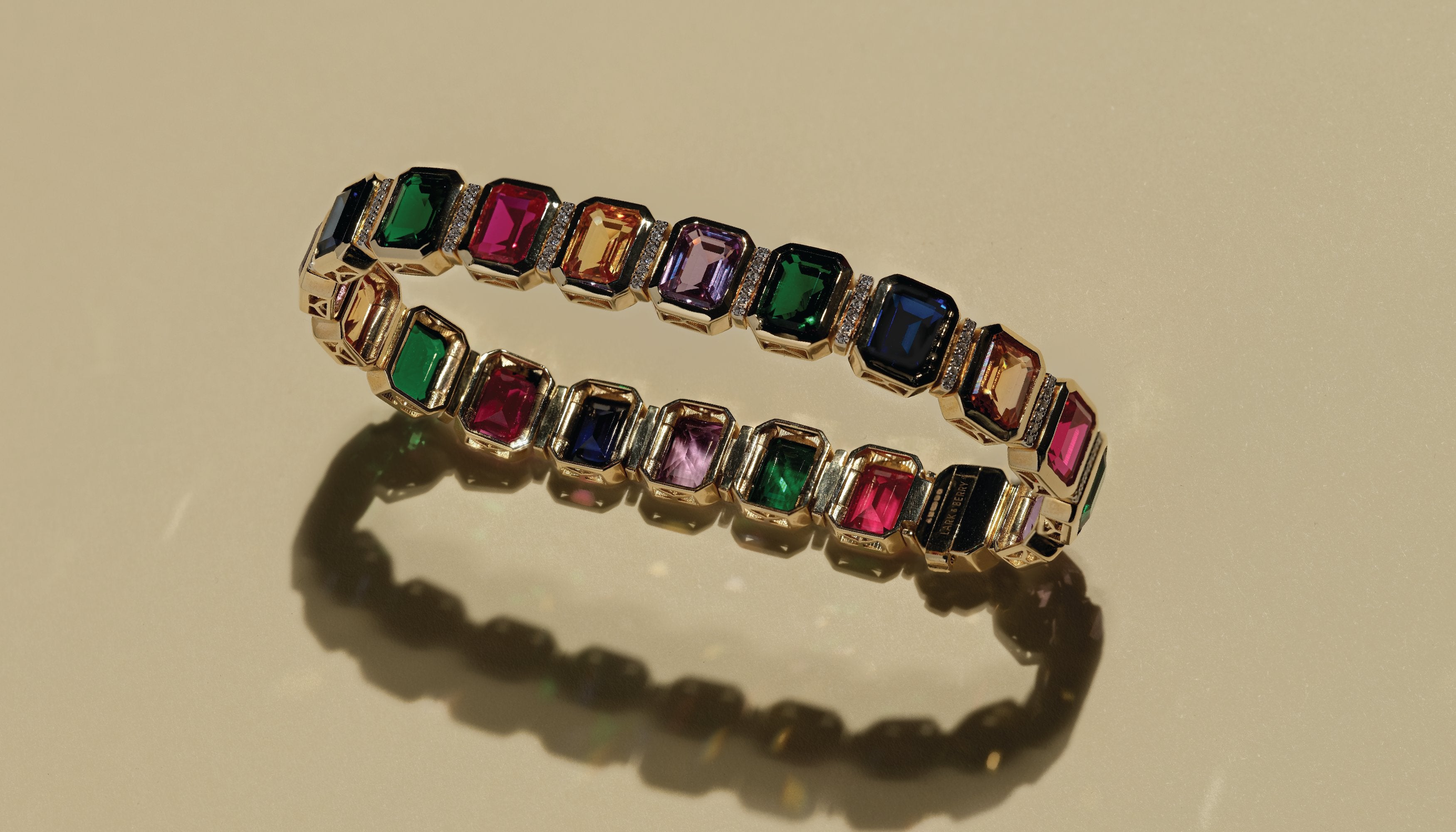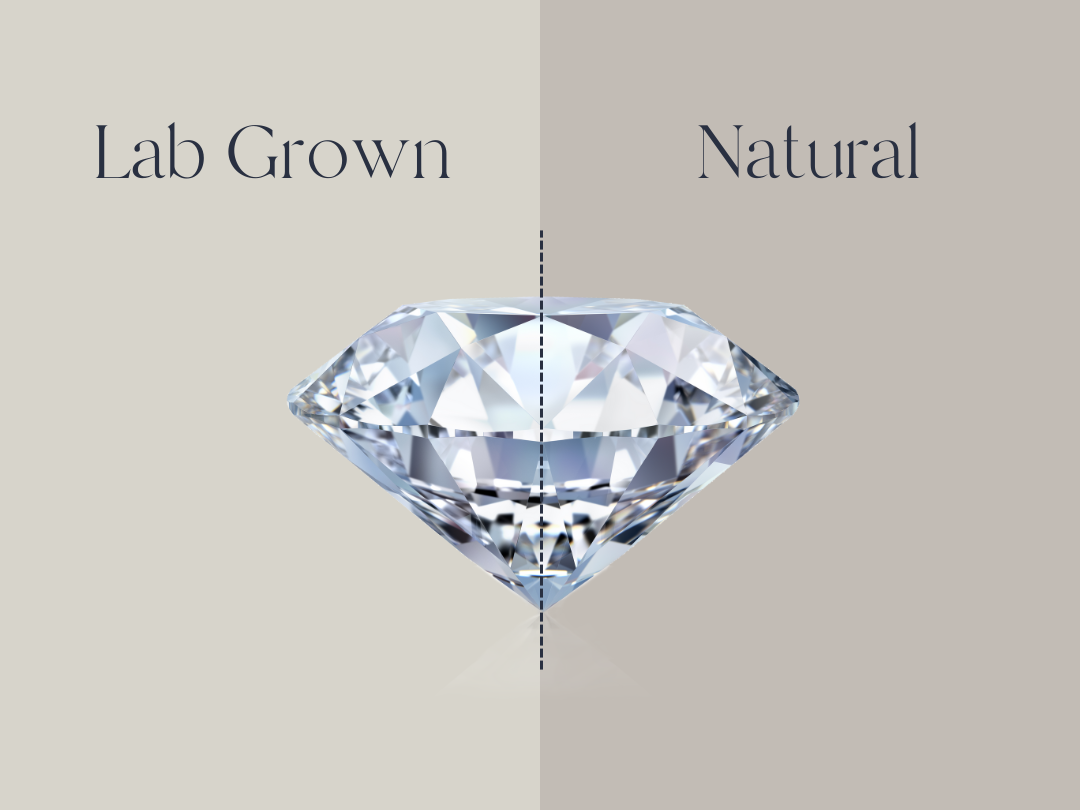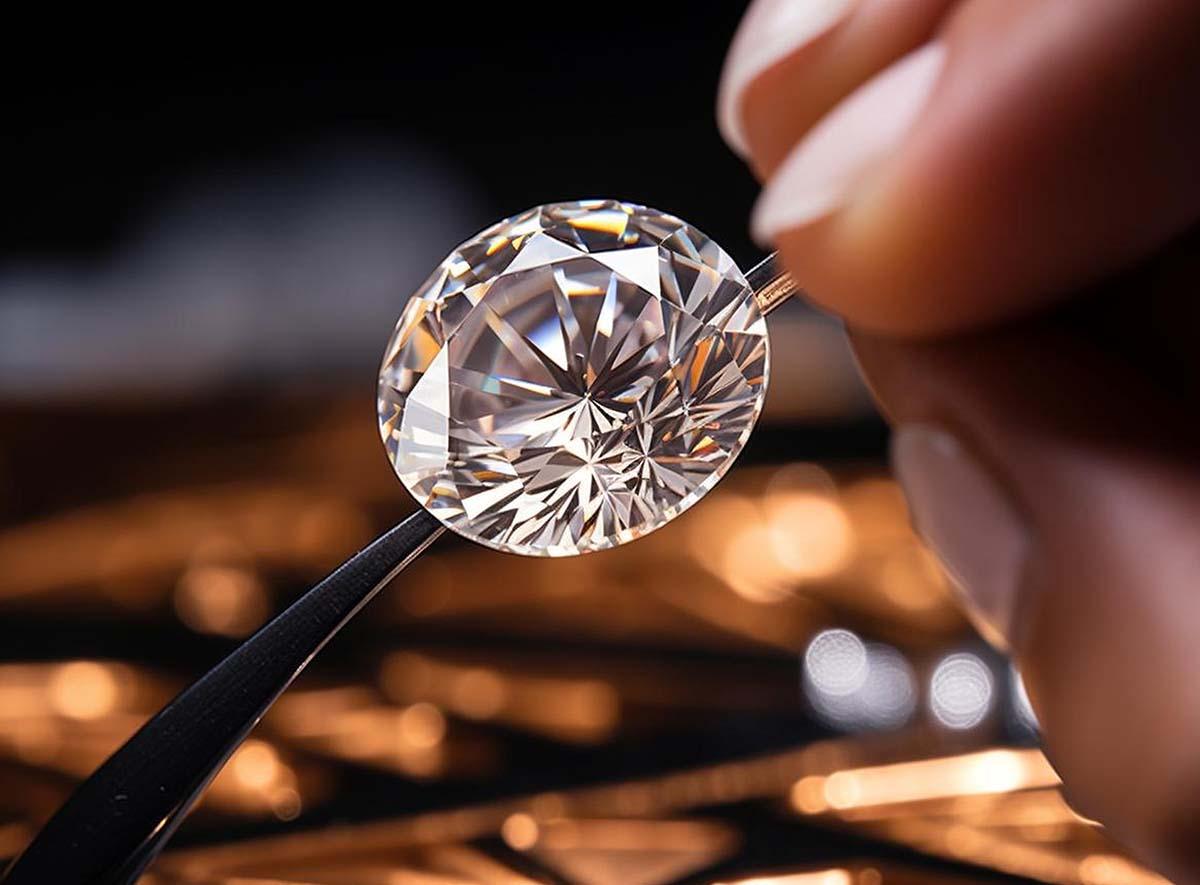Introduction
In recent years, the sparkle and allure of diamonds have taken on a new twist. Lab grown diamonds are emerging as a game-changer in the gemstone industry. They offer a tantalizing glimpse into the future of diamonds, promising a mix of brilliance, ethics, and affordability. So, what makes these diamonds so special, and why should we care? Let’s dive into the world of lab grown diamonds and uncover why they might just be the future of the gemstone market.
What Are Lab Grown Diamonds?
Lab made diamonds, also known as synthetic or cultured diamonds, are real diamonds created in controlled environments. Unlike natural diamonds, which form over millions of years under extreme pressure and heat, lab grown diamonds are made using advanced technological processes. These diamonds have the same physical and chemical properties as their natural counterparts, meaning they’re not just look-alikes; they are the real deal.
The Technology Behind Lab Grown Diamonds
High Pressure High Temperature (HPHT)
The HPHT method mimics the natural conditions under which diamonds form. Carbon is subjected to high pressure and temperature in a lab setting, leading to the creation of diamonds. This process can take a few weeks, compared to the natural formation time of millions of years.
Chemical Vapor Deposition (CVD)
CVD involves using a gas mixture that breaks down into carbon atoms and deposits them onto a substrate to form a diamond crystal. This method is highly controlled and can produce diamonds with fewer inclusions and more controlled colors.
How Lab Grown Diamonds Compare to Natural Diamonds
Physical Properties
Lab grown diamonds are chemically and physically identical to natural diamonds. They both score a 10 on the Mohs scale of hardness, making them durable and suitable for everyday wear.
Visual Differences
To the naked eye, there’s no difference. Both types of diamonds reflect light and sparkle with the same brilliance. In fact, even gemologists use specialized equipment to distinguish between the two.
Advantages of Lab Grown Diamonds
Cost-Effectiveness
One of the most significant advantages of lab grown diamonds are the future is their price. They are generally 20-40% cheaper than natural diamonds of the same size and quality. This is because lab grown diamonds avoid the traditional mining costs and supply chain markups.
Environmental Impact
Mining for natural diamonds can be devastating to the environment. It often involves large-scale excavation and can lead to significant ecological damage. Lab grown diamonds, on the other hand, are produced with a much smaller environmental footprint.
Ethical Considerations
Lab grown diamonds eliminate concerns related to conflict diamonds. They are produced without contributing to human rights abuses or conflicts, making them an ethical choice for conscious consumers.
The Future of Lab Grown Diamonds
Trends and Innovations
The lab grown diamond industry is rapidly evolving. New technologies and techniques are being developed to improve the quality and reduce the costs of production. Innovations in the field could lead to even more affordable and exquisite diamonds in the future.
Lab Grown Diamonds in Jewelry
Lab grown diamonds are increasingly becoming popular in fine jewelry. They offer a perfect blend of beauty and ethical considerations. Jewelers are incorporating them into engagement rings, necklaces, and other high-end pieces, making them accessible to a broader audience.
Market Growth and Consumer Preferences
The market for lab grown diamonds is expanding as more consumers become aware of their benefits. Studies show that younger buyers, in particular, are drawn to lab grown diamonds due to their ethical and environmental advantages.
Challenges Facing Lab Grown Diamonds
Consumer Misconceptions
Despite their advantages, there are still misconceptions about lab grown diamonds. Some people believe they are inferior or less valuable than natural diamonds. Education and awareness are crucial to changing these perceptions.
Regulation and Standardization
The industry also faces challenges related to regulation and standardization. As the market grows, establishing consistent grading standards and ensuring transparency in labeling will be essential for consumer trust.
Conclusion
Lab grown diamonds represent an exciting future for the gemstone industry. They combine beauty, ethics, and affordability in a way that natural diamonds cannot match. As technology advances and consumer awareness grows, lab grown diamonds are poised to become a dominant force in the market. Whether you’re looking for a stunning engagement ring or a dazzling piece of jewelry, lab grown diamonds offer a modern, responsible choice that doesn’t compromise on brilliance.














